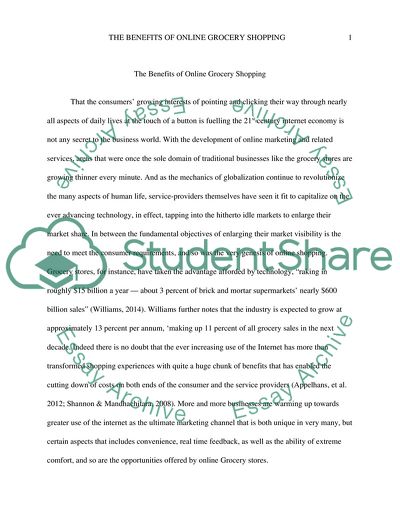Cite this document
(“What are the benefits of online grocery shopping Essay”, n.d.)
Retrieved from https://studentshare.org/marketing/1661500-what-are-the-benefits-of-online-grocery-shopping
Retrieved from https://studentshare.org/marketing/1661500-what-are-the-benefits-of-online-grocery-shopping
(What Are the Benefits of Online Grocery Shopping Essay)
https://studentshare.org/marketing/1661500-what-are-the-benefits-of-online-grocery-shopping.
https://studentshare.org/marketing/1661500-what-are-the-benefits-of-online-grocery-shopping.
“What Are the Benefits of Online Grocery Shopping Essay”, n.d. https://studentshare.org/marketing/1661500-what-are-the-benefits-of-online-grocery-shopping.


